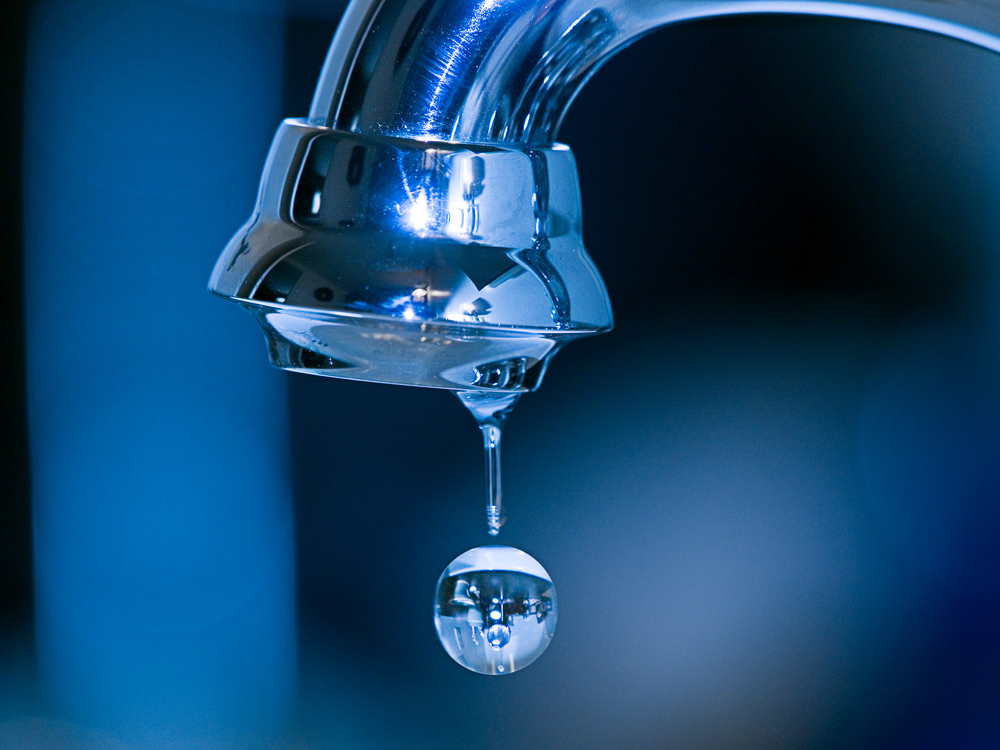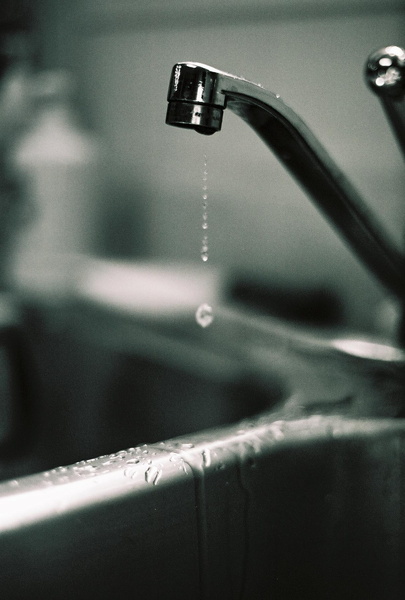Any individual has their unique opinion on the subject of Causes and Consequences of a Leaky Faucet.

Intro
A leaky tap may feel like a minor nuisance, yet its consequences prolong far past the periodic drip. Comprehending the effects of a dripping tap is crucial for both house owners and the setting. In this post, we'll discover the different impacts of this usual house problem and why resolving it without delay is essential.
Sources Of Leaky Faucets
Leaky faucets can arise from a variety of variables, consisting of wear and tear, high water stress, and deterioration. Over time, the continuous use of taps can result in worn-out seals and gaskets, creating leakages to establish. In addition, extreme water pressure can place strain on plumbing components, bring about leakages. Corrosion and corrosion can also compromise faucet components, making them prone to leak.
Water Waste
One of the most significant consequences of a dripping tap is water waste. Even a small drip can amount to gallons of wasted water gradually. This not only increases water expenses yet also contributes to water deficiency and environmental deterioration. Dealing with dripping taps without delay is important for conserving this priceless resource and decreasing its influence on the earth.
Financial Influence
In addition to wasting water, leaking faucets can additionally have a substantial financial influence. Increased water bills are a straight repercussion of water wastage, setting you back homeowners thousands of bucks every year. Additionally, the expense of fixing water damages brought on by leaks can be considerable, specifically if left ignored for a prolonged duration.
Environmental Effect
The ecological effect of leaky faucets expands past water wastefulness. By conserving water, homeowners can add to more comprehensive efforts to reduce water scarcity and shield all-natural ecosystems. Lasting choices such as rain harvesting and water-efficient fixtures can additionally minimize the ecological footprint of home water usage.
Technological Solutions
Advancements in modern technology have brought about the development of smart taps and water-saving tools that aid reduce water wastefulness. Smart faucets utilize sensors to detect activity and change water circulation accordingly, reducing waste without sacrificing comfort. Water-saving tools such as aerators and low-flow showerheads are additionally reliable in preserving water without endangering performance.
Global Perspectives
While leaking taps may appear like a localized issue, they contribute to wider international challenges such as water scarcity and climate modification. In areas currently facing water anxiety, every decline counts, making leakage avoidance and repair crucial. By embracing water-saving practices and purchasing lasting innovations, homeowners can play their part in resolving these pushing international concerns.
Governing Steps
Government regulations play a critical duty in mitigating the effect of dripping taps and promoting water conservation. From building codes that require water-efficient fixtures to water-saving rewards and rebates, policymakers have a range of tools at their disposal. By implementing and implementing these policies, governments can make certain that homeowners prioritize water preservation in their daily lives.
Area Impact
Resolving leaky taps needs collective initiatives at the community degree. By raising recognition concerning the value of water conservation and giving sources for leakage detection and repair, neighborhood authorities can equip homeowners to do something about it. Efforts such as water-saving discount programs and leak detection projects can incentivize behavior change and advertise accountable water use.
Situation Researches
Real-life instances of the influence of leaking faucets highlight the value of positive maintenance and timely repair work. From water damage to skyrocketing water bills, the consequences of overlooking leakages can be serious. By sharing these case studies, homeowners can much better understand the significance of addressing dripping taps quickly.
Educational Campaigns
Educational campaigns play an important role in elevating understanding about the impacts of dripping faucets and promoting water conservation techniques. Via workshops, seminars, and on-line resources, property owners can learn how to identify and repair leakages themselves. By empowering individuals with understanding and tools, educational projects can promote a culture of responsible water usage within areas.
Health and wellness Issues
Dripping taps can create favorable environments for mold and mildew growth, presenting wellness risks to occupants. The presence of mold can exacerbate respiratory problems and allergies, particularly in susceptible individuals. Furthermore, water damage resulting from leakages can compromise the architectural honesty of buildings and cause expensive repair services.
DIY vs. Specialist Fixing
When faced with a dripping tap, property owners typically discuss whether to attempt repair services themselves or employ a specialist plumber. While DIY fixings can conserve cash, they may not constantly resolve the underlying concern properly. Professional plumbings have the know-how and equipment to detect and deal with leaks correctly, making sure long-lasting services and satisfaction for home owners.
Preventive Measures
Stopping leaking taps requires normal upkeep and aggressive actions. Easy tasks such as changing damaged washing machines and seals can stop leakages from creating. Furthermore, updating to top notch fixtures and decreasing water stress can help extend the life-span of faucets and lessen the threat of leakages.
Final thought
To conclude, the impacts of a leaking faucet extend far beyond the periodic drip. From water wastefulness and increased water bills to health concerns and ecological effect, the repercussions of neglecting leaks can be significant. By attending to leaky taps quickly and embracing water-saving practices, home owners can mitigate these effects and add to an extra lasting future.
Why You Shouldn’t Ignore a Leaky Faucet in Your Home
What Causes a Leaky Faucet?
Various factors can cause a leak, from loose and worn-out parts to corrosion. Your faucet has four essential components from which most plumbing issues will stem: the O-ring, the valve seat, the washer and the gasket.
What Is an O-Ring?
The O-ring is a stem screw that fastens parts of the faucet in place, preventing water from leaking out of the spout. Depending on your faucet type, the stem might have multiple O-rings. Water will drip from the faucet’s handles and base if this part breaks or deteriorates.
What Is a Valve Seat?
The valve seat controls the flow and temperature of the water. Found at the base of the handle, it works as a seal for the faucet’s stem. The valve seat ensures the water is allowed to flow or is blocked as the handles dictate. You’ll know it’s malfunctioning when water leaks from your faucet’s sides.
What Is a Gasket?
The gasket is found between the water inlet and the valve stem. It creates a seal between the faucet and the sink, holding its joints by aerators attached to the stem’s head. Water will trickle out from the base if the gasket isn’t working.
What Is a Washer?
The washer secures the handles and prevents leakage, serving a similar purpose to the O-ring. While the O-ring is ordinarily round and made from an elastic material, such as rubber, the washer is square-shaped and composed of brass, copper and other hard metals. If it malfunctions, corrodes or has been improperly installed, water will leak out of the handles, causing that incessant faucet drip.
Why Is a Leaky Faucet Dangerous?
A leaky faucet left alone for too long can have significant consequences.
Pest Infestations
Since bugs and rodents gravitate towards the scent of water, a leaky faucet will draw pests to your sink. Both are looking for leaks accessible through crawl spaces, which a faucet provides. If you leave water dripping for too long, you run the risk of an infestation.
Rust
If one of the faucet parts has started to corrode, the resulting rust can spread to your pipes and valves with startling speed. The rust might even lead to cracks or other impairments, resulting in more severe plumbing issues.
Your sink could also sustain damage from a leaky faucet. The water in your tap possesses sparse elements of calcium and iron that can stain your sink with repeated and prolonged exposure. Once those elements in the water have been open to the air for some time, your sink will start to rust, creating marks that can be difficult to remove.
https://www.tomsmechanical.com/blog/why-you-shouldnt-ignore-a-leaky-faucet-in-your-home

I ran across that entry on Health Risks Posed by Leaking Faucets while doing a lookup on the web. Make sure you take a moment to promote this blog if you liked it. Thank you so much for going through it.